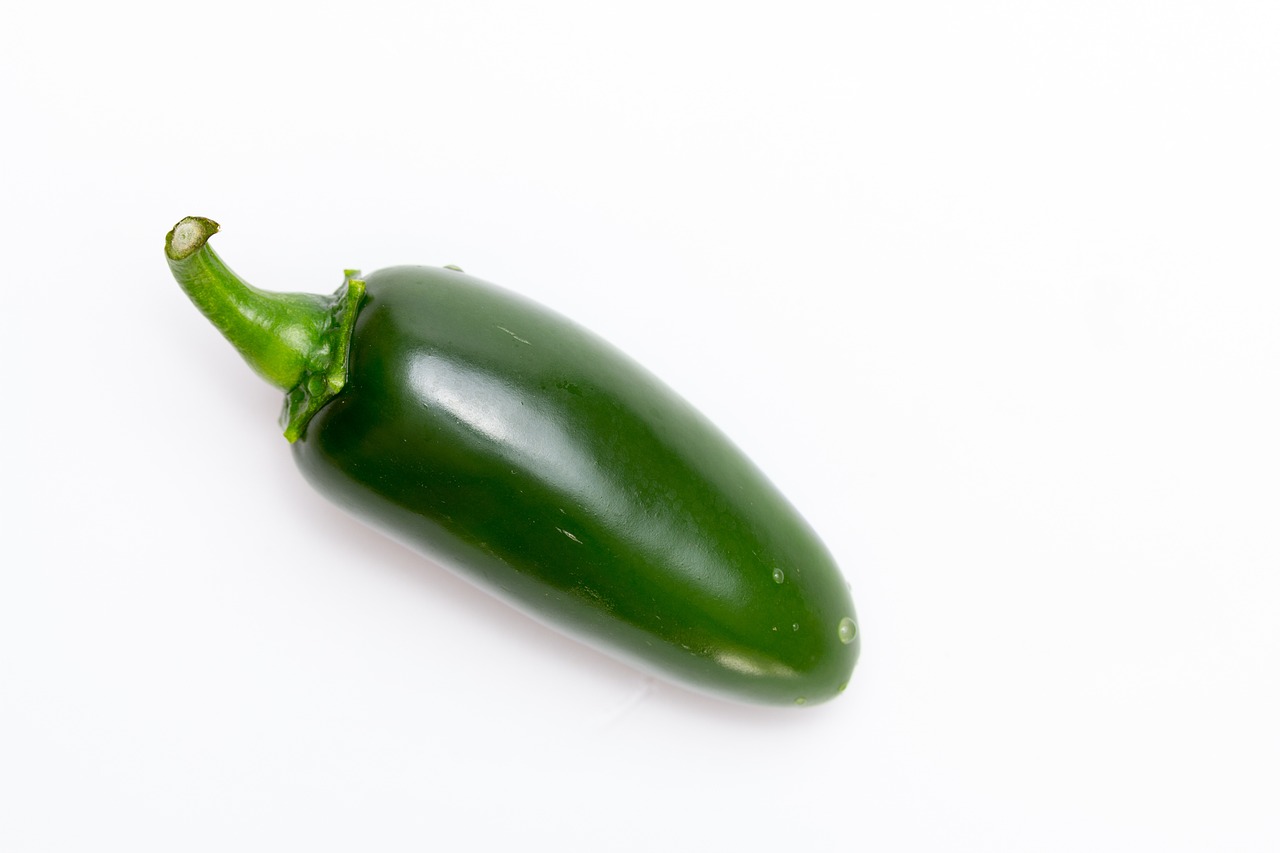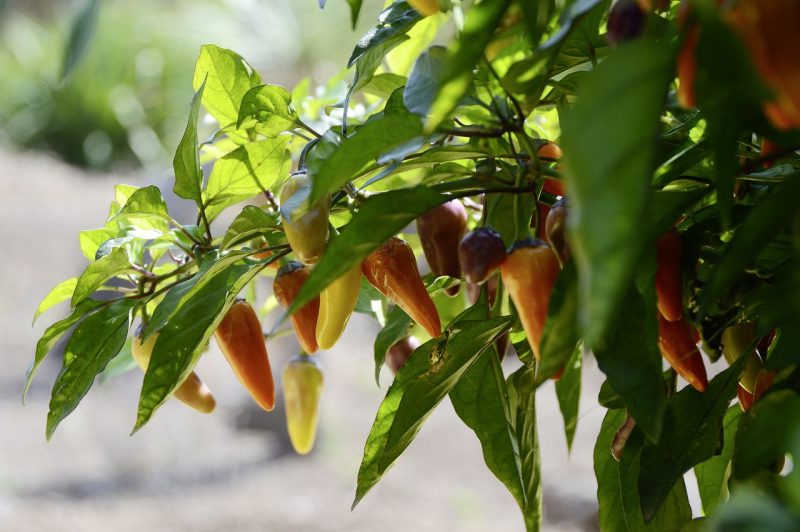This guide will cover everything you need to know about harvesting jalapeño peppers, from the right time to pick them to tips on storage and usage.
Understanding Jalapeño Peppers
Before we get into the specifics of harvesting, it’s essential to recognize what makes jalapeño peppers unique. Typically measuring between 2 to 4 inches in length, these peppers start green and can turn red as they ripen. The flavor profile is smoky, slightly sweet, and can range from mildly hot to quite spicy, depending on growing conditions and maturity.
When to Harvest
Timing is crucial when harvesting jalapeño peppers. Here are some guidelines to help you determine the right moment:
Color: Jalapeños are usually harvested while still green. The ideal time to pick them is when they are firm, bright green, and have reached their full size. If you prefer a spicier flavor, you can allow them to mature further, turning a deep red color.
Size: Aim for jalapeños that are about 3 to 4 inches long. The thickness of the pepper can also indicate readiness—look for ones that feel solid and have a glossy skin.
Days to Maturity: Typically, jalapeños take about 70 to 85 days from planting to harvest. Keep track of this timeline to anticipate when your peppers will be ready.
Taste Test: The best way to know if your peppers are ready is to taste them. If the green jalapeños are consistently flavorful and hot, it’s a good indication that it’s time to harvest.
How to Harvest
Harvesting jalapeño peppers requires a gentle touch to avoid damaging the plant or the fruit. Here are the steps to follow:
Gather Your Tools: You’ll need a pair of clean garden shears or scissors. Make sure they are sharp and sterilized to prevent any potential disease transmission between plants.
Check for Readiness: Inspect the peppers on your plant. Look for those that meet the size and color criteria.
Cut the Stem: Rather than pulling the pepper off the plant, cut the stem about 1/4 inch above the pepper. This helps to prevent damage to the plant and allows it to continue producing more peppers.
Handle with Care: Place the harvested peppers in a basket or container gently to avoid bruising.
Post-Harvest Tips
Once you have gathered your jalapeño peppers, it’s essential to handle and store them properly to maintain their freshness:
Washing: Rinse the peppers under cool running water to remove any dirt or pests. Pat them dry with a clean towel.
Storage Methods:
Refrigeration: Fresh jalapeños can be stored in the refrigerator for about 1 to 2 weeks. Place them in a perforated plastic bag to maintain airflow.
Freezing: If you have an abundant harvest, freezing is a great option. Wash and dry the peppers, then slice or leave them whole. Place them in an airtight freezer bag, removing as much air as possible, and they will store well for up to 6 months.
Pickling: Pickled jalapeños are a delicious way to preserve their flavor. Consider creating a simple brine of vinegar, water, sugar, and spices, then canning them for future use.
Culinary Uses for Jalapeño Peppers
After harvesting, the fun doesn’t stop! Jalapeño peppers are incredibly versatile and can enhance a variety of dishes. Here are some ideas for using your fresh jalapeños:
Salsas: Fresh jalapeños add a spicy kick to homemade salsa.
Stuffed Peppers: Hollow out the peppers and stuff them with cheese, meats, or grains for a tasty appetizer.
Soups and Stews: Incorporate diced jalapeños into soups for added heat.
Pickles and Jellies: Use them in pickling recipes or sweet jellies for a unique flavor profile.
Toppings: Slice them thinly to top tacos, nachos, pizzas, or sandwiches.
Conclusion
Harvesting jalapeño peppers is a rewarding experience that allows you to enjoy the fruits of your labor in many delicious ways. By understanding the right time to harvest, using the correct techniques, and knowing how to store your peppers, you can maximize your yield and flavor.






